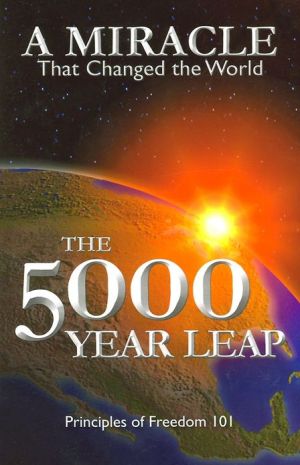New England Forests Through Time: Insights from the Harvard Forest Dioramas
Over the past three hundred years New England's landscape has been transformed. The forests were cleared; the land was farmed intensively through the mid-nineteenth century and then was allowed to reforest naturally as agriculture shifted west. Today, in many ways the region is more natural than at any time since the American Revolution. This fascinating natural history is essential background for anyone interested in New England's ecology, wildlife, or landscape.\ In New England Forests...
Search in google:
Over the past three hundred years New England's landscape has been transformed. The forests were cleared; the land was farmed intensively through the mid-nineteenth century and then was allowed to reforest naturally as agriculture shifted west. Today, in many ways the region is more natural than at any time since the American Revolution. This fascinating natural history is essential background for anyone interested in New England's ecology, wildlife, or landscape. In New England Forests through Time these historical and environmental lessons are told through the world-renowned dioramas in Harvard's Fisher Museum. These remarkable models have introduced New England's landscape to countless visitors and have appeared in many ecology, forestry, and natural history texts. This first book based on the dioramas conveys the phenomenal history of the land, the beauty of the models, and new insights into nature. Yuri Bihun - Northern Woodlands The authors do a good job weaving the text with photographs and details from the dioramas to interpret the dynamic landscapes and the consequences of wholesale land-clearing, farm abandonment, and unchecked logging on the hillsides of central New England.
ForewordPre-Settlement Forest 1700 A.D.4An Early Settler Clears a Homestead 1740 A.D.6Height of Forest Clearance and Agriculture 1830 A.D.8Farm Abandonment 1850 A.D.10"Old Field" White Pine Forest on Abandoned Land 1910 A.D.12"Old Field" White Pine is Succeeded by Hardwoods 1915 A.D.14A Vigorously Growing Forest of Hardwoods 1930 A.D.16The Modern Forest Landscape18Summary: Ecological Lessons from Forest History20Old Growth Forests24Wildlife Habitat in a Dynamic Landscape26Accelerated Erosion with Intensive Land Use28Forest Fire30Forest Fire Management32Early Treatment of a Hardwood Stand36Improvement Cutting in a Hardwood Stand38First Thinning in a Mixed White Pine-Hardwood Forest42Conversion of Cordwood to Future Sawtimber44Increasing White Pine in Hardwood Stands46Release of Pine from Suppression by Gray Birch48Pruning White Pine to Produce Better Logs50Group Selection Method of Harvesting White Pine52Shelterwood Method in White Pine and Hardwoods54Suggested Further Reading60About the Harvard Forest66The Fisher Museum67
\ Current Books Chicago Botanic GardenEighty years ago, before virtual reality, before cinematic fantasies, Richard T. Fisher, then director of the Harvard Forest, and Ernest Stillman, a philanthropist, created a state-of-the-art display to try to explain the changes that occurred in New England over time. This book is both a historical document, giving a sense of how the science of forestry some 75 years ago understood the extent of man's impact on the environment, and a scientific synopsis of our current understanding of the ecological effects of agriculture and urbanization.\ \ \ \ \ Harvard MagazineIn the museum at the Harvard Forest in Petersham, Massachusetts, are 23 large dioramas showing how that land looked at various periods during the past 300 years. This book displays all the dioramas in color for the first time, and the accompanying text interprets the environmental drama they exquisitely depict. Today, one sees, the region is in many ways more natural than at any time since the Revolution.\ \ \ \ Natural New EnglandUsing photographs and details from the dioramas, the authors describe the region's natural history, and interpret its consequences in terms of modern conservation issues. Anyone who sees the book will surely develop a longing to visit or revisit the museum and its dioramas in the near future.\ \ \ \ \ \ Northern WoodlandsThe authors do a good job weaving the text with photographs and details from the dioramas to interpret the dynamic landscapes and the consequences of wholesale land-clearing, farm abandonment, and unchecked logging on the hillsides of central New England.\ — Yuri Bihun\ \ \ \ \ \ Wild EarthOver the past 300 years, New England landscape has shifted from forest to field and back again. This book presents this natural and human history through photos of the remarkable dioramas at Harvard's Fisher Museum woven together with a lively, informed narrative.\ — David Johns\ \ \








